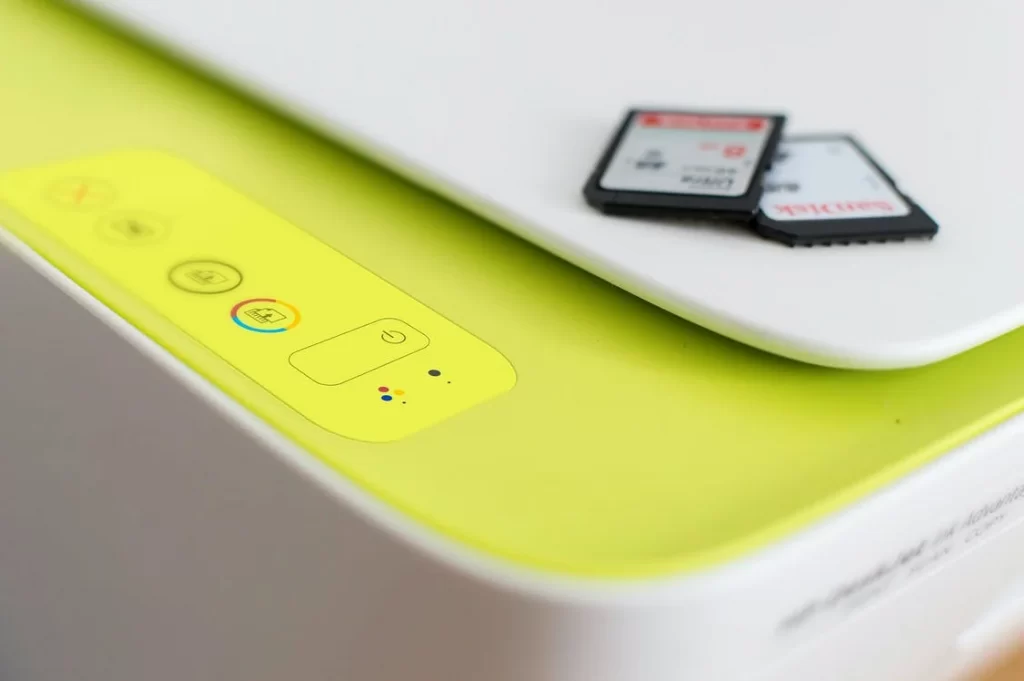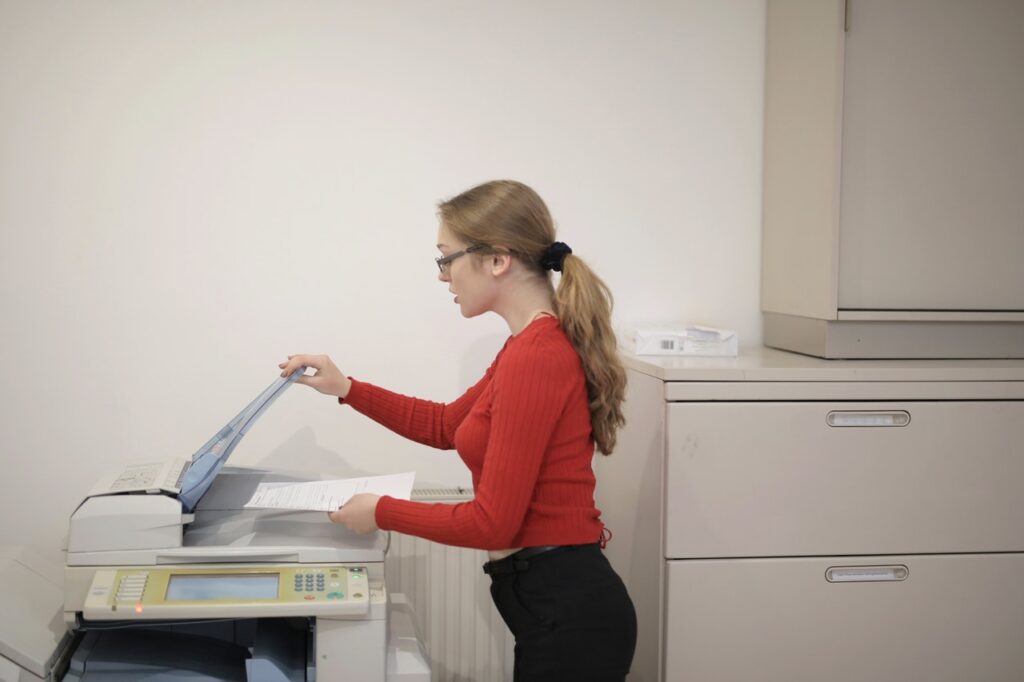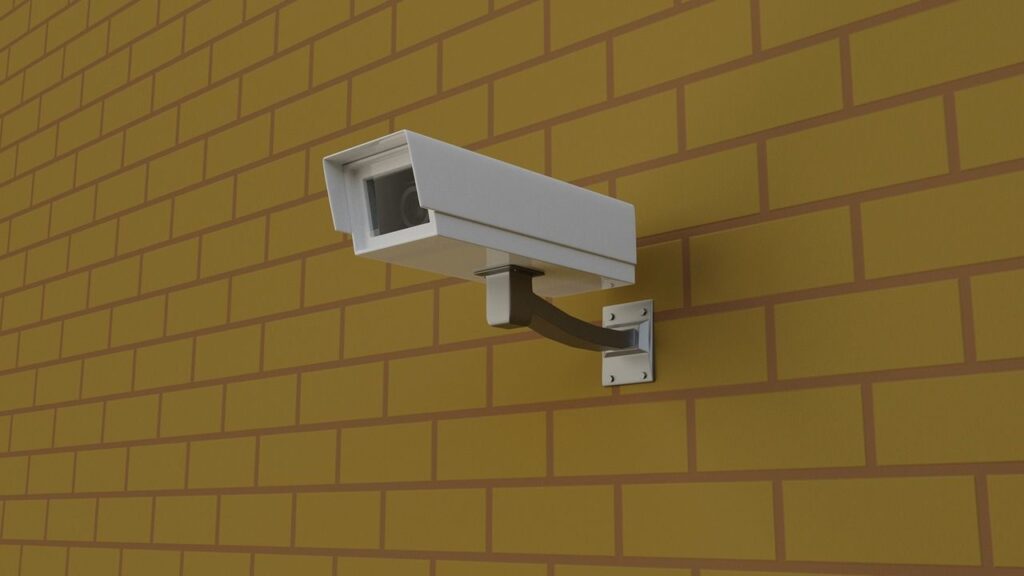Childcare centres become children's favourite places because they provide a safe environment where kids can learn from loving caregivers, make new friends, and gain valuable life skills while having a great time. Parents are increasingly interested in childcare due to its obvious advantages, but the question of how much it will cost them is often the only thing on their minds.
This is a tricky question to answer because it relies on factors such as one's geographic location, family dynamics, financial resources, and eligibility for public assistance programmes, as well as one's own childcare costs. This article will give you a high-level overview of childcare costs in Australia, as well as the government's childcare subsidy, to make your research and decision-making easier.
FAQs About Childcare Cost In Melbourne
Childcare costs in Australia are among the highest in the OECD, eating up around 27 per cent of families' incomes. As a result, many families are forced to choose affordability over quality. But research shows quality preschools can deliver $2 of returns to the economy for every $1 invested.
In Australia, every child is entitled to free or subsidised preschool for 15 hours a week (or 600 hours in a year).
It is not uncommon for parents to pay a relative who looks after their child long-term, for example, every day after school or every shift they work. Some say that your relative needs to declare this money as income and pay income tax to declare a return.
In Sydney, the average cost of childcare is $167 per day for baby and toddler childcare and $166 per day for kindergarten. Sydney sits just above the national NSQ Rating, with the highest percentage of Sydney childcare centres rated 'meeting' the NQS.
Free kinder is a part of a $169.6 million investment in early childhood education by the Victorian Government in the 2020-21 budget. As part of the economic recovery, free kinder forms to help parents and primary caregivers return to work and everyday life following the pandemic.
The Soaring Price of Childcare Down Under
There is a lack of centralised regulation in the Australian childcare market, therefore prices vary greatly between regions and providers. The cost of early childhood education and care varies widely across Australia, however a ballpark figure can be estimated using data from the most recent survey on the topic conducted by the Australian Bureau of Statistics in 2017.
For typical families using childcare in 2017, the weekly average cost was $110.50 after subsidies, with an average of 16 hours per week. The data also suggests that extended Daycare (childcare centres) and after-school care are the most popular forms of official childcare, with grandparents giving care being the most prevalent form of informal childcare.
This table was created using information from the Department of Education's Early Childhood and Childcare statistics in Summary to represent the average daily cost of formal childcare prior to government subsidies.
The average cost of childcare varies significantly amongst the states and territory of Australia. We have broken down national averages into averages for each state capital to give you an idea of what childcare might cost in your area.
Melbourne's Childcare Fees
The capital city of Victoria, Melbourne, is home to around 20 daycare centres, all of which score above the national average on the NQS scale. The daily rate in Melbourne is an average of $149 for children ages 0-12 months, 13-24 months, and 3-5 years.
Sydney's High Daycare Fees
Sydney, the state capital, is spread out across a wide area, and there are about 35 day cares in the greater Sydney area alone. Baby and toddler care in Sydney costs an average of $167 per day, while kindergarten costs an average of $166 per day. Because of this, Sydney has a somewhat higher NSQ Rating than the rest of the country, and more childcare centres in Sydney are considered to be "meeting" the NQS than in any other city.
Average Cost Of Childcare In Perth
The capital of Western Australia, Perth, has around eight childcare centres available to its residents. The NQS Rating for childcare centres in Perth is "meeting," which is better than the national average. Preschool and daycare programmes in Perth cost an average of $149.00 per day. One kindergarten day will set you back about $147.
The Price of Brisbane Childcare
State of Queensland capital is located in Brisbane. Approximately 1,433 childcare centres can be found in Greater Brisbane's suburbs due to the city's expansive size (Brisbane is the largest capital city in Australia by area). The daily average for infant care is $107, for toddler care it's $106, and for kindergarten it's $105 dollars. As a result, childcare facilities in Brisbane have a lower NQS Rating than their national counterparts, with most facilities merely "meets" the NQS.
How Much Does Daycare Cost In Canberra?
Australia's capital, Canberra, is spread out over a wide range of suburbs and is home to roughly 367 daycare facilities. Canberra is ranked higher than the national NQS Rating, with most centres being designated as "exceeding" the NQS. Daily rates for infant and toddler care are $125, while kindergarten is $124.
The Price of Childcare in Darwin
Darwin, the capital of the Northern Territory, is home to 125 childcare centres, the biggest number in the country. Unfortunately, only a fraction of these centres are up to par with the NQS; however, the majority of them do so. Preschool costs an average of $101 per day, while infant and toddler care costs an average of $104.
How Much Does Adelaide Daycare Cost?
Adelaide is the capital and largest city of South Australia, and it is home to around 22 childcare facilities. Childcare and kindergarten for infants cost an average of $112 per day, while care for toddlers costs an average of $113. This means that Adelaide's NQS Rating is slightly lower than the national average. The majority of facilities, however, are considered to be "exceeding" the NQS.
The Hobart, Tasmania, Cost of Childcare
It is estimated that roughly 11 childcare centres in Hobart, Tasmania's capital, collectively score below the national NQS rating, with the highest percentage of these centres scoring 'working towards' the NQS. Daily costs of $95 for infant care, $92 for preschool, and $93 for kindergarten are averages in the United States.
Private and Community Childcare Services in Melbourne
Most private and community centres are open from 7 a.m. to 6 p.m., Monday through Friday, and are staffed by trained professionals. In Victoria, where all centres are required to be licenced and strictly monitored, there are severe rules regarding:
- Centres Maintenance and Operation
- The Standard of Service and Nourishment
- The Total Amount of Young People Present.
Enrollment is handled on a case-by-case basis, so please contact the childcare facility directly. Due to overwhelming popularity, registration often results in a waiting list; therefore, early sign-up is strongly encouraged.
To find a childcare centre in Victoria, you can use this external link to the Australian Childcare Alliance Victoria.
Melbourne Provides Dependable Day Care for Families
Families provide in-home daycare for infants as young as six weeks old. Each carer should have:
- Education in first aid
- A Childcare Professional
- A qualification is equivalent to a Certificate III in Child Care and Education.
Up to four preschool-aged children can be looked after at once. All family day cares must comply with state regulations, as well as the National Standards and the Family Day Care Quality Assurance system (the national childcare accreditation system).
Care Provided Within the Home
In Victoria, nannies and au pairs are not subject to any state or local laws. Expert agencies that place ads in online directories are a common source of nannies. You should verify the agency's recommendations by speaking with the nanny's references.
Average Costs of Childcare
The cost of child care might range greatly depending on your situation, however there may be financial assistance available from the government.
- Depending on the centre, you can pay between A$70 and AU$185 per day for childcare.
- Infant care: A$6 to A$17 per hour
- Babysitters: $15-$35 per hour in Australia
- Household au pairs (au pairs): $170-$250 per week
You might be eligible for government aid to assist with these expenses.
The Australian federal government offers a subsidy for child care called the Child Care Benefit. The organisation responsible for this is Centrelink.
Families can get a rebate of up to 50% of their total out-of-pocket childcare fees (the costs after the Child Care Benefit has been taken out).
 Childcare
Childcare
Prices on an Hourly Basis
All child care services charge either a set rate per hour or a set rate for the day. If the latter is the case, you can determine the rate per hour by dividing the total daily cost by the number of hours your child attends school. If the cost is $100 per day and your child attends for 10 hours, that works out to $10 per hour.
According to the Early Childhood and Child Care Summary report published in September 2018, the average hourly child care charge across all service types in the June quarter of 2018 was $9.25. Since the second quarter of 2017, it has gone up 3.9%.
There are different hourly rate ceilings for the various types of licenced child care. In other words, your percentage of the Child Care Subsidy will be applied to the lower of the hourly rate cap and the hourly price for the child care service.
Limit on the Hourly Cost of Child Care for Families
This hourly fee ceiling applies to family daycare services and is set at $10.90. If your child care subsidy rate is 85% and your family care centre charges $10 per hour, then you will receive a $8.50 per hour subsidy and only be responsible for paying the remaining $1.50 per hour.
Tuition For Early Education Programs And Kindergarten
Since the teaching of children in Australia falls primarily under the purview of the several state and territory governments, there is great variation in the terminology used throughout early childhood education settings.
Preschool and kindergarten are terms used to describe programmes that look after children for a year prior to their enrolment in elementary school. Your kid will have the opportunity to participate in a structured, play-based learning programme led by a trained educator throughout this optional academic year.
Currently, all children in Australia have access to Universal Access, which provides them with 15 hours of preschool per week (600 hours per year) at no cost. Regardless of a family's financial situation, the Commonwealth and each individual State contribute to this so that all children have access to a high-quality preschool education. Inquiring about the preschool's policies will let you know if there is a fee to cover administrative or other non-instructional expenses. If your state calls the first year of elementary school "kindergarten," then your Australian citizen or permanent resident child is eligible for free tuition at a Government school (sometimes called a public school or state school). The Australian government covers the cost of attendance, but you'll have to chip in for things like extra activities, camps, uniforms, lunches, and stationary.
Independent and religious groups also offer private schooling opportunities. Although the government does offer a subsidy to help with private school tuition, you will still be responsible for covering any expenditures above and beyond the subsidy.
Costs of Providing Childcare at Your Home
One of the most adaptable daycare choices is in-home care. It's a mobile daycare that puts an emphasis on early childhood education and comes to your home. But this is meant for families that really need this kind of help, like those who can't afford normal daycare. Maybe you have a difficult schedule (shift work), live in a remote area, or have a family with special requirements.
One component of the revised system for subsidised child care is the In-Home Care (IHC) programme. Because of the recent changes, it is now able to serve 3,200 Australian children from families with special needs.
According to the most recent data from the Early Childhood and Child Care Summary report, the average hourly rate for in-home care is $8.95. The hourly rate cap sheds more light on the true cost of in-home care but is still only a rough estimate given the vast differences between the two types of child care.
The maximum allowed cost of home health care per hour is $32.00. Despite being lumped together for the average cost of care in the most recent child care summary report, this fee is much more than the hourly rate cap for family daycare ($10.90).
Day-to-Day Nanny Expenses
One adaptable approach to child care is to hire a nanny, who is a trained professional who comes to your home to look after your child. During this time, they must take care of personal hygiene, get the family fed, and plan activities like reading time, arts and crafts, and play dates.
Although it's a great choice, it may not be cheap for some budgets. If you do not qualify for the IHC programme, you will not be able to get a child care subsidy. Since this is considered a private choice, you will have to foot the bill for their services.
Your nanny's hourly rate will be negotiable, but a good starting point is $18-25. This works out to between $144 and $200 for a full day.
The Price of Child Care when on Vacation
There are just four weeks of vacation time available to the typical full-time employee each year, yet eleven of those weeks are taken up by school holidays. So the obvious follow-up enquiry is, "What is the solution?" Because of the need for child care during the summer and other non-school months, vacation care has become increasingly popular. Its standard weekday hours of operation—7:00 am to 6:00 pm—mean that you can keep your routine.
The Early Childhood and Child Care Summary July 2018 Report defines "vacation care" for the purposes of the Outside School Hours Care data section. Given the wide range in needs, it's tough to put a price on vacation care in general. A couple of examples of outside care include the two-hour-a-day programme that operates before and after school, and summer camp (30 hours).
Multiplying the national average rate for outside of school care ($7.50) by the average length of a school day yields a daily cost of around $55 for child care during the summer (seven hours). The price of excursions may be additional.
Check your local Council's website for further information on school holiday activities, many of which are offered at no cost or at very low cost.
To What Extent Does The Child Care Subsidy Just how much will it cost me?
You must meet the following criteria in order to qualify for a child care subsidy:
- Your child needs to be under the age of 13 and not in secondary school (with the exception of children with disabilities who can be served between the ages of 14 and 18).
- The immunisation requirements your child must meet are strict.
- One of you must be an Australian resident who meets the criteria.
- Delivery of the service must be carried out by a registered child care provider.
- This childcare provision may not be integrated into any form of compulsory schooling.
Once your family has been determined to be qualified, you will need to calculate the amount of child care assistance to which they are entitled. There are three factors to think about:
Tell me about your household's finances.
Find out what share of your hourly rate will be covered by the government.
Within a span of two weeks, how active are both parents?
Employment, formal training, formal education, and volunteer work are all examples of legitimate pursuits. As a result, it establishes the maximum number of subsidised hours you can work per week.
Which child care option are you interested in?
We will be looking at the hourly pricing ceiling for that service as a main consideration.
The Child Care Subsidy Calculator can provide you with an approximate rate. If your family is approved for a child care subsidy, the funds will be dispersed to your child care provider once the paperwork is finalised. The difference will subsequently be covered by the service provider.
Conclusion
For typical families using childcare in 2017, the weekly average cost was $110.50 after subsidies, with an average of 16 hours per week. The data also suggests that extended Daycare (childcare centres) and after-school care are the most popular forms of official childcare, with grandparents giving care being the most prevalent form of informal childcare. Sydney has a somewhat higher NSQ Rating than the rest of the country. More childcare centres in Sydney are considered to be "meeting" the NQS. Preschool and daycare programmes in Perth cost an average of $149.00 per day.
One kindergarten day will set you back about $147. The average cost of child care in Australia is between A$70-AU$185 per day, depending on the centre and the age of the child. In Victoria, nannies and au pairs are not subject to any state or local laws. There may be financial assistance available from the government for families struggling to afford childcare costs. The average hourly child care charge across all service types in the June quarter of 2018 was $9.25.
There are different hourly rate ceilings for the various types of licenced child care. Your percentage of the Child Care Subsidy will be applied to the lower of the hourly rate cap and the hourly price for the child care service. A nanny is a trained professional who comes to your home to look after your child. The maximum allowed cost of home health care per hour is $32.00, which is much more than the hourly rate cap for family daycare. If you do not qualify for the In-Home Care programme, you will not be able to afford a nanny.
There are just four weeks of vacation time available to the typical full-time employee each year, yet eleven of those weeks are taken up by school holidays. A nanny's hourly rate will be negotiable, but a good starting point is $18-25. This works out to between $144 and $200 for a full day. A family must meet the following criteria in order to qualify for a child care subsidy. Your child needs to be under the age of 13 and not in secondary school.
Find out what share of your hourly rate will be covered by the government. The Child Care Subsidy Calculator can provide you with an approximate rate.
Content Summary
- This article will give you a high-level overview of childcare costs in Australia, as well as the government's childcare subsidy, to make your research and decision-making easier.
- The Soaring Price of Childcare Down Under There is a lack of centralised regulation in the Australian childcare market, therefore prices vary greatly between regions and providers.
- The cost of early childhood education and care varies widely across Australia, however a ballpark figure can be estimated using data from the most recent survey on the topic conducted by the Australian Bureau of Statistics in 2017.
- For typical families using childcare in 2017, the weekly average cost was $110.50 after subsidies, with an average of 16 hours per week.
- The data also suggests that extended Daycare (childcare centres) and after-school care are the most popular forms of official childcare, with grandparents giving care being the most prevalent form of informal childcare.
- This table was created using information from the Department of Education's Early Childhood and Childcare statistics in Summary to represent the average daily cost of formal childcare prior to government subsidies.
- The average cost of childcare varies significantly amongst the states and territory of Australia.
- We have broken down national averages into averages for each state capital to give you an idea of what childcare might cost in your area.
- Baby and toddler care in Sydney costs an average of $167 per day, while kindergarten costs an average of $166 per day.
- Because of this, Sydney has a somewhat higher NSQ Rating than the rest of the country, and more childcare centres in Sydney are considered to be "meeting" the NQS than in any other city.
- Average Cost Of Childcare In Perth The capital of Western Australia, Perth, has around eight childcare centres available to its residents.
- The NQS Rating for childcare centres in Perth is "meeting," which is better than the national average.
- The Price of Brisbane Childcare State of Queensland capital is located in Brisbane.
- The Price of Childcare in Darwin Darwin, the capital of the Northern Territory, is home to 125 childcare centres, the biggest number in the country.
- Adelaide is the capital and largest city of South Australia, and it is home to around 22 childcare facilities.
- It is estimated that roughly 11 childcare centres in Hobart, Tasmania's capital, collectively score below the national NQS rating, with the highest percentage of these centres scoring 'working towards' the NQS.
- Daily costs of $95 for infant care, $92 for preschool, and $93 for kindergarten are averages in the United States.
- Enrollment is handled on a case-by-case basis, so please contact the childcare facility directly.
- To find a childcare centre in Victoria, you can use this external link to the Australian Childcare Alliance Victoria.
- Average Costs of Childcare The cost of child care might range greatly depending on your situation, however there may be financial assistance available from the government.
- Depending on the centre, you can pay between A$70 and AU$185 per day for childcare.
- All child care services charge either a set rate per hour or a set rate for the day.
- If the latter is the case, you can determine the rate per hour by dividing the total daily cost by the number of hours your child attends school.
- There are different hourly rate ceilings for the various types of licenced child care.
- In other words, your percentage of the Child Care Subsidy will be applied to the lower of the hourly rate cap and the hourly price for the child care service.
- If your child care subsidy rate is 85% and your family care centre charges $10 per hour, then you will receive a $8.50 per hour subsidy and only be responsible for paying the remaining $1.50 per hour.
- Tuition For Early Education Programs And Kindergarten Since the teaching of children in Australia falls primarily under the purview of the several state and territory governments, there is great variation in the terminology used throughout early childhood education settings.
- Currently, all children in Australia have access to Universal Access, which provides them with 15 hours of preschool per week (600 hours per year) at no cost.
- Inquiring about the preschool's policies will let you know if there is a fee to cover administrative or other non-instructional expenses.
- If your state calls the first year of elementary school "kindergarten," then your Australian citizen or permanent resident child is eligible for free tuition at a Government school (sometimes called a public school or state school).
- Costs of Providing Childcare at Your Home One of the most adaptable daycare choices is in-home care.
- One component of the revised system for subsidised child care is the In-Home Care (IHC) programme.
- Because of the recent changes, it is now able to serve 3,200 Australian children from families with special needs.
- According to the most recent data from the Early Childhood and Child Care Summary report, the average hourly rate for in-home care is $8.95.
- Day-to-Day Nanny Expenses One adaptable approach to child care is to hire a nanny, who is a trained professional who comes to your home to look after your child.
- Since this is considered a private choice, you will have to foot the bill for their services.
- Your nanny's hourly rate will be negotiable, but a good starting point is $18-25.
- This works out to between $144 and $200 for a full day.
- The Price of Child Care when on Vacation There are just four weeks of vacation time available to the typical full-time employee each year, yet eleven of those weeks are taken up by school holidays.
- Because of the need for child care during the summer and other non-school months, vacation care has become increasingly popular.
- Its standard weekday hours of operation—7:00 am to 6:00 pm—mean that you can keep your routine.
- Given the wide range in needs, it's tough to put a price on vacation care in general.
- A couple of examples of outside care include the two-hour-a-day programme that operates before and after school, and summer camp (30 hours).
- Multiplying the national average rate for outside of school care ($7.50) by the average length of a school day yields a daily cost of around $55 for child care during the summer (seven hours).
- The price of excursions may be additional.
- Check your local Council's website for further information on school holiday activities, many of which are offered at no cost or at very low cost.
- You must meet the following criteria in order to qualify for a child care subsidy: Your child needs to be under the age of 13 and not in secondary school (with the exception of children with disabilities who can be served between the ages of 14 and 18).
- Delivery of the service must be carried out by a registered child care provider.
- Once your family has been determined to be qualified, you will need to calculate the amount of child care assistance to which they are entitled.
- Find out what share of your hourly rate will be covered by the government.
- Which child care option are you interested in?
- The Child Care Subsidy Calculator can provide you with an approximate rate.
- If your family is approved for a child care subsidy, the funds will be dispersed to your child care provider once the paperwork is finalised.

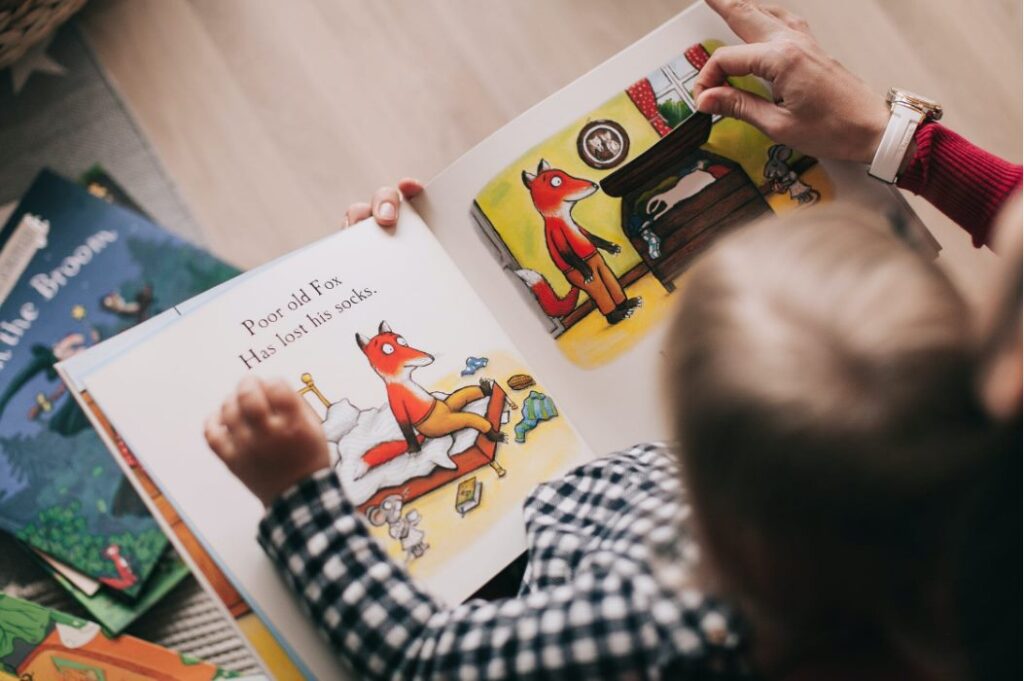
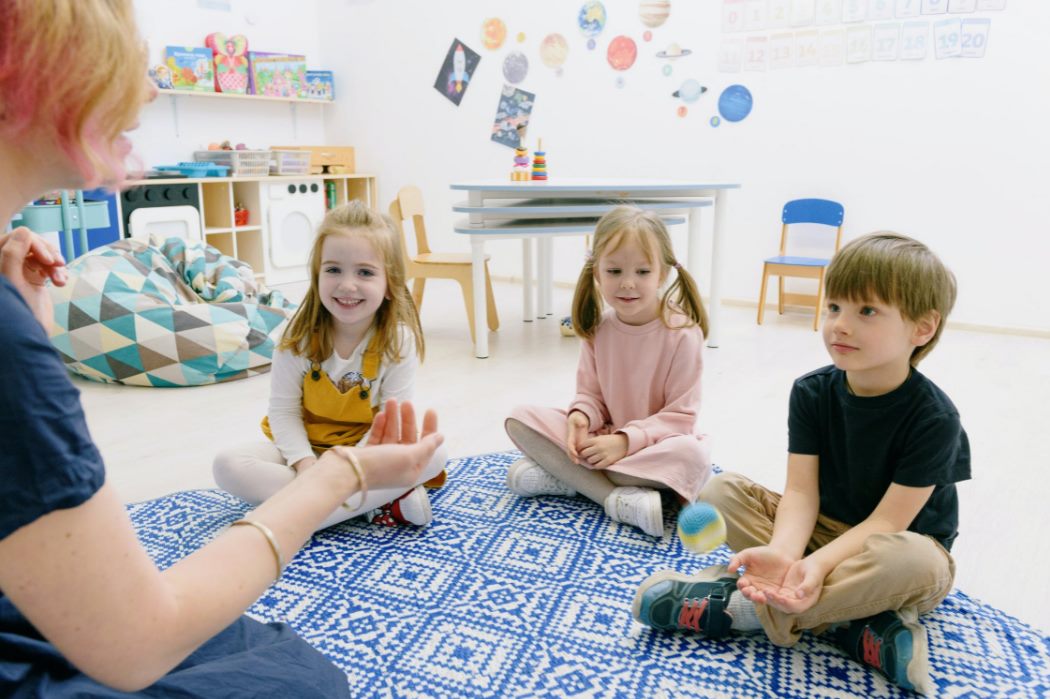
 Childcare
Childcare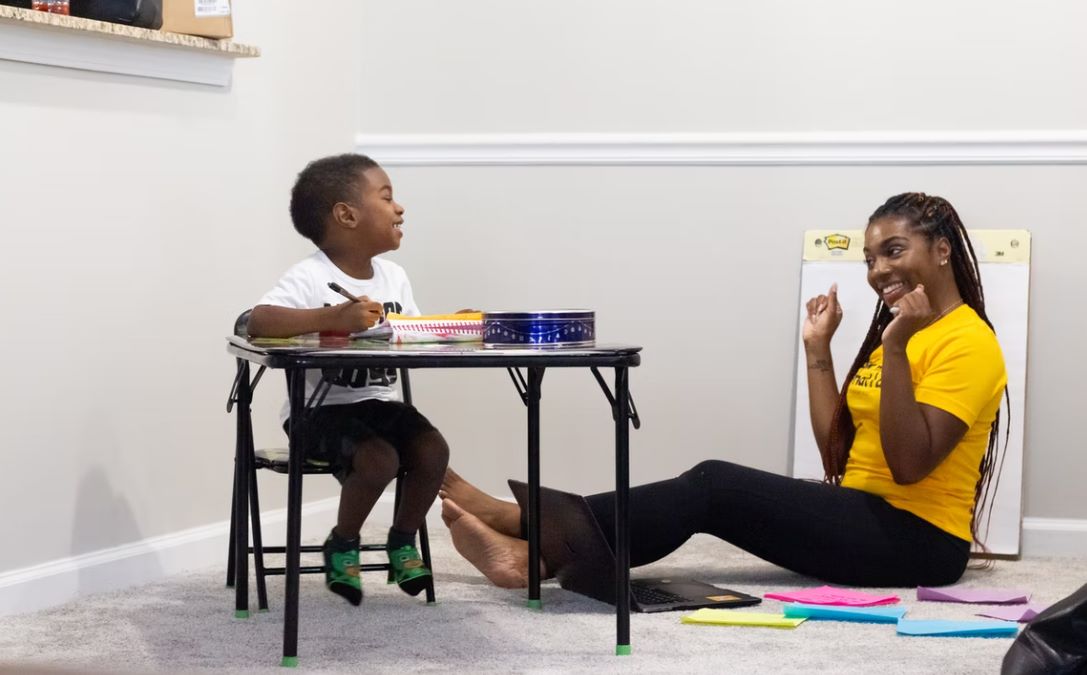

![Top 50 Epoxy Flooring & Coating Companies Melbourne, Victoria [2022]](https://www.melb.guide/wp-content/uploads/MELB-GUIDE-Epoxy-Flooring-1024x683.jpg)
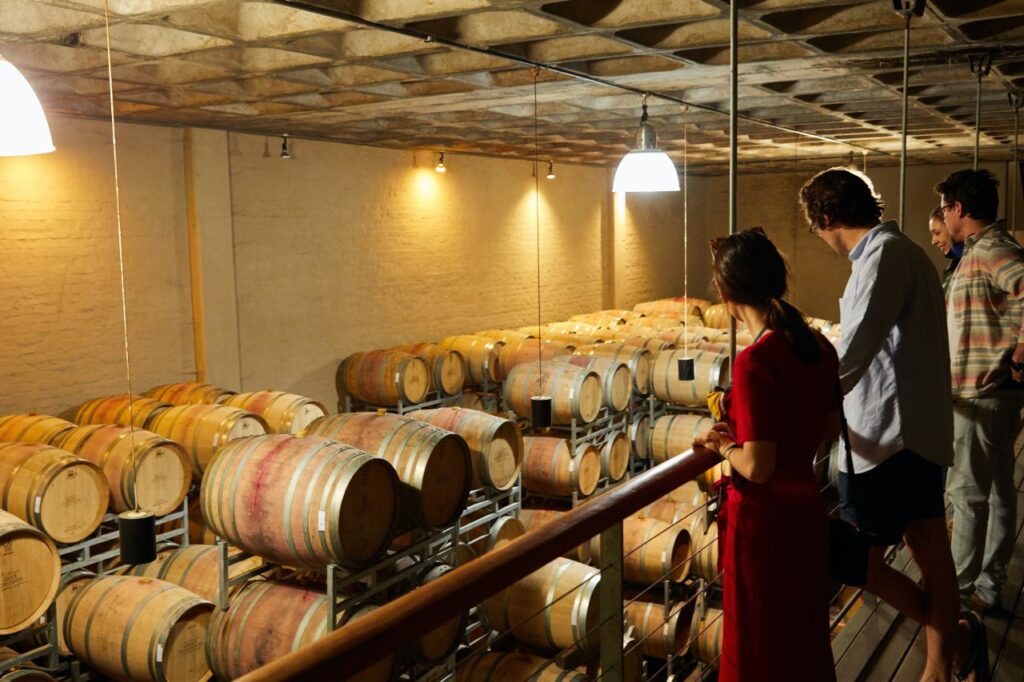

![15+ Best Design Agencies Melbourne, Victoria [2022]](https://www.melb.guide/wp-content/uploads/MELBGUIDE-Best-Design-Agencies-Melbourne-1024x679.jpg)




